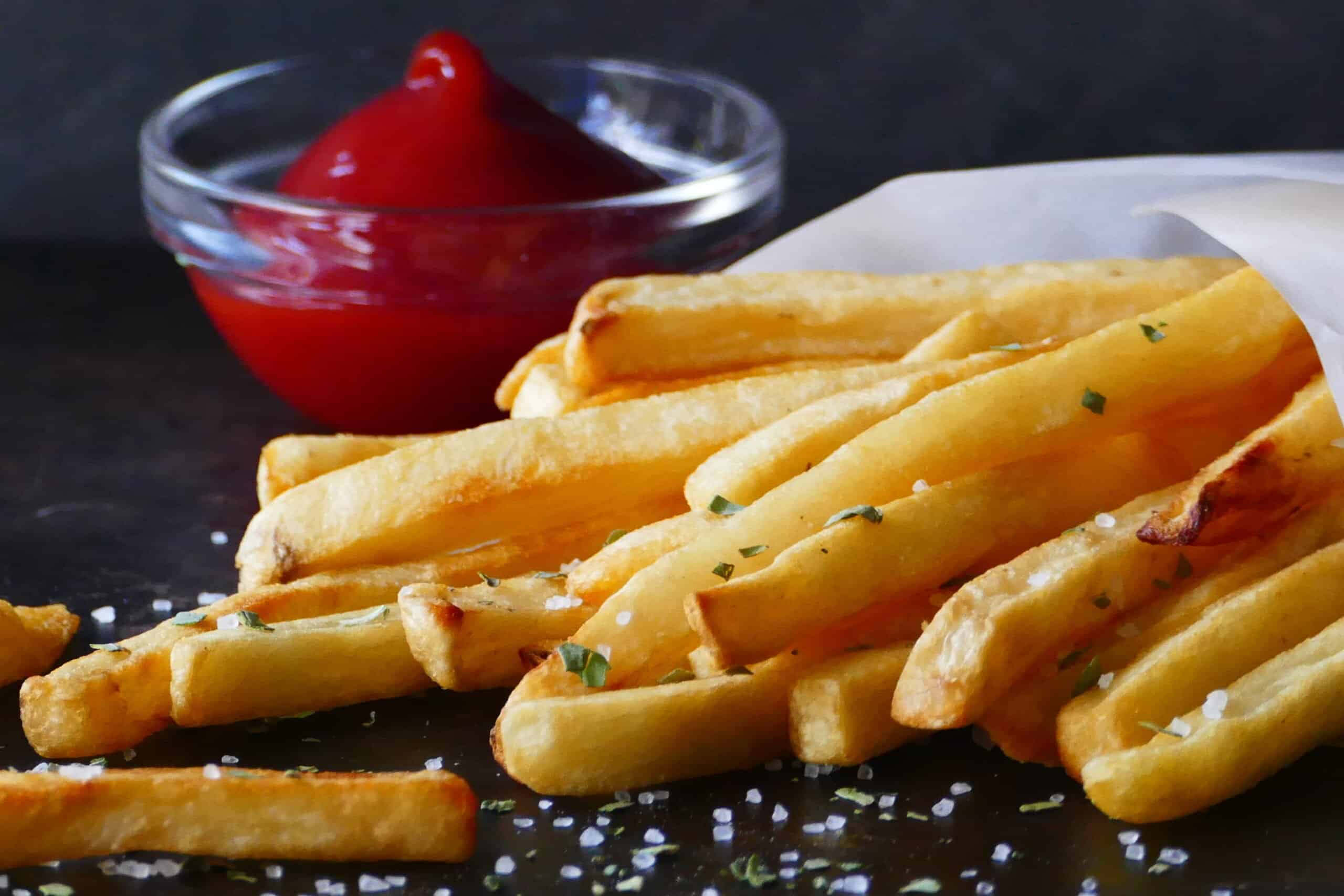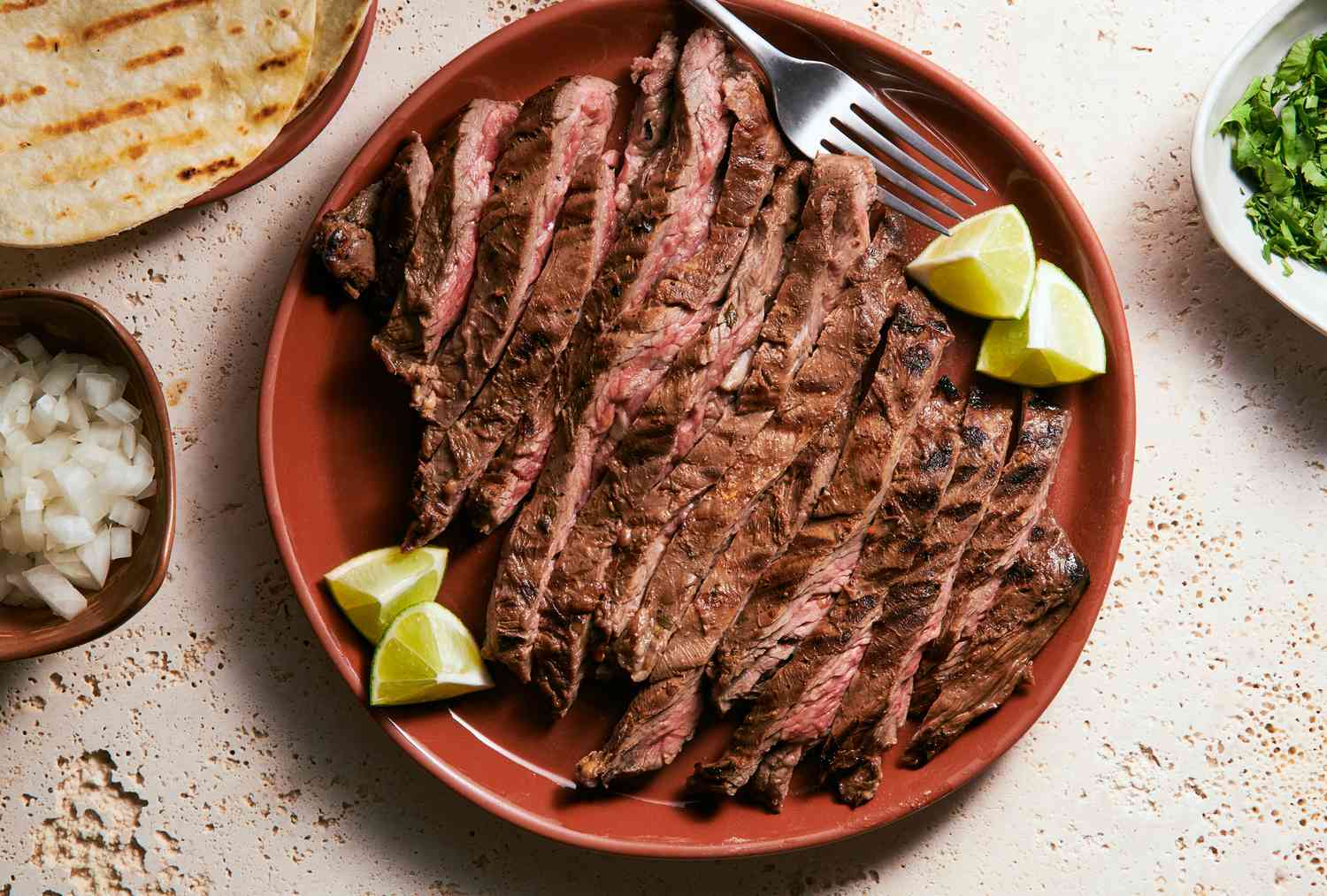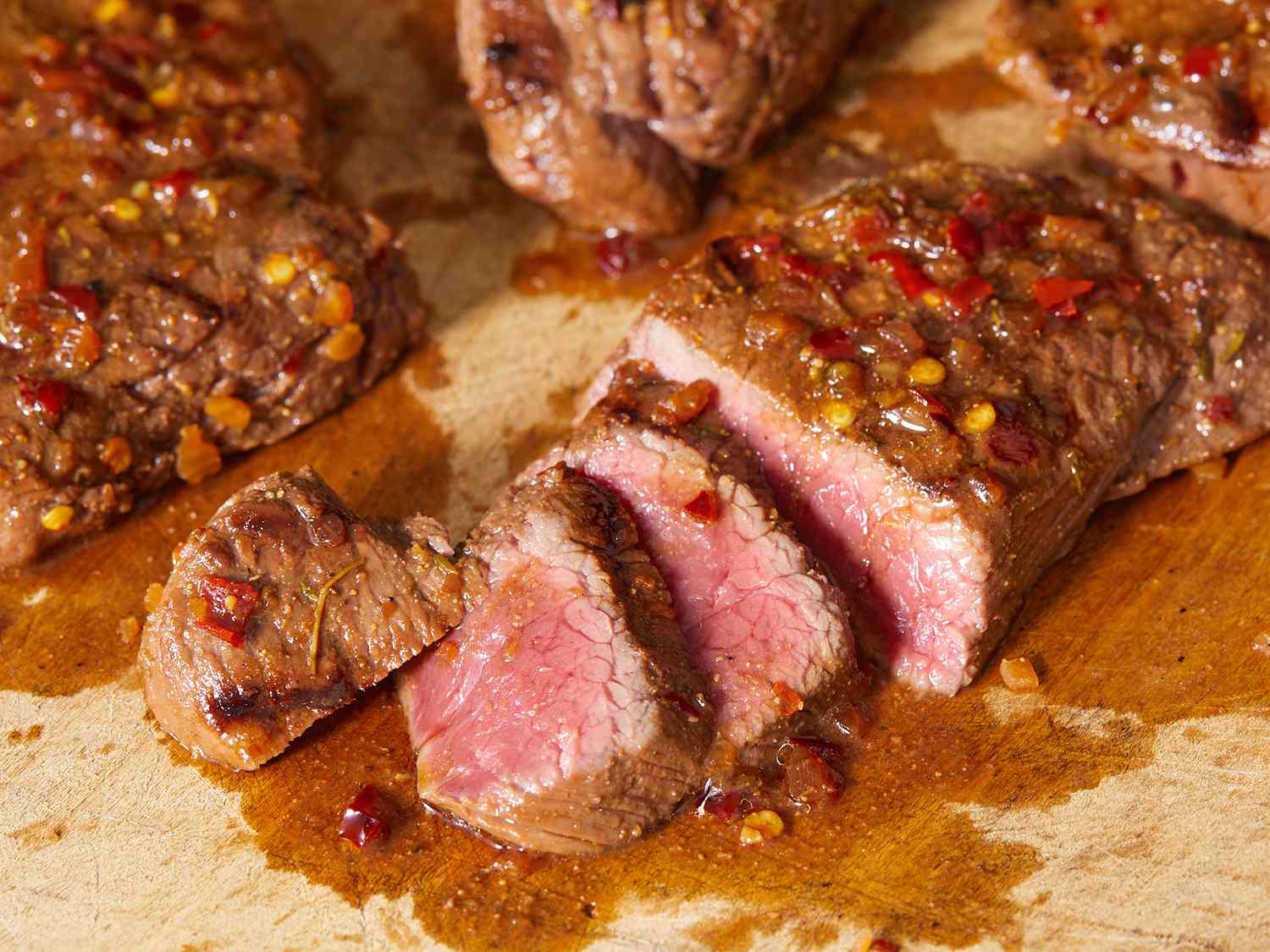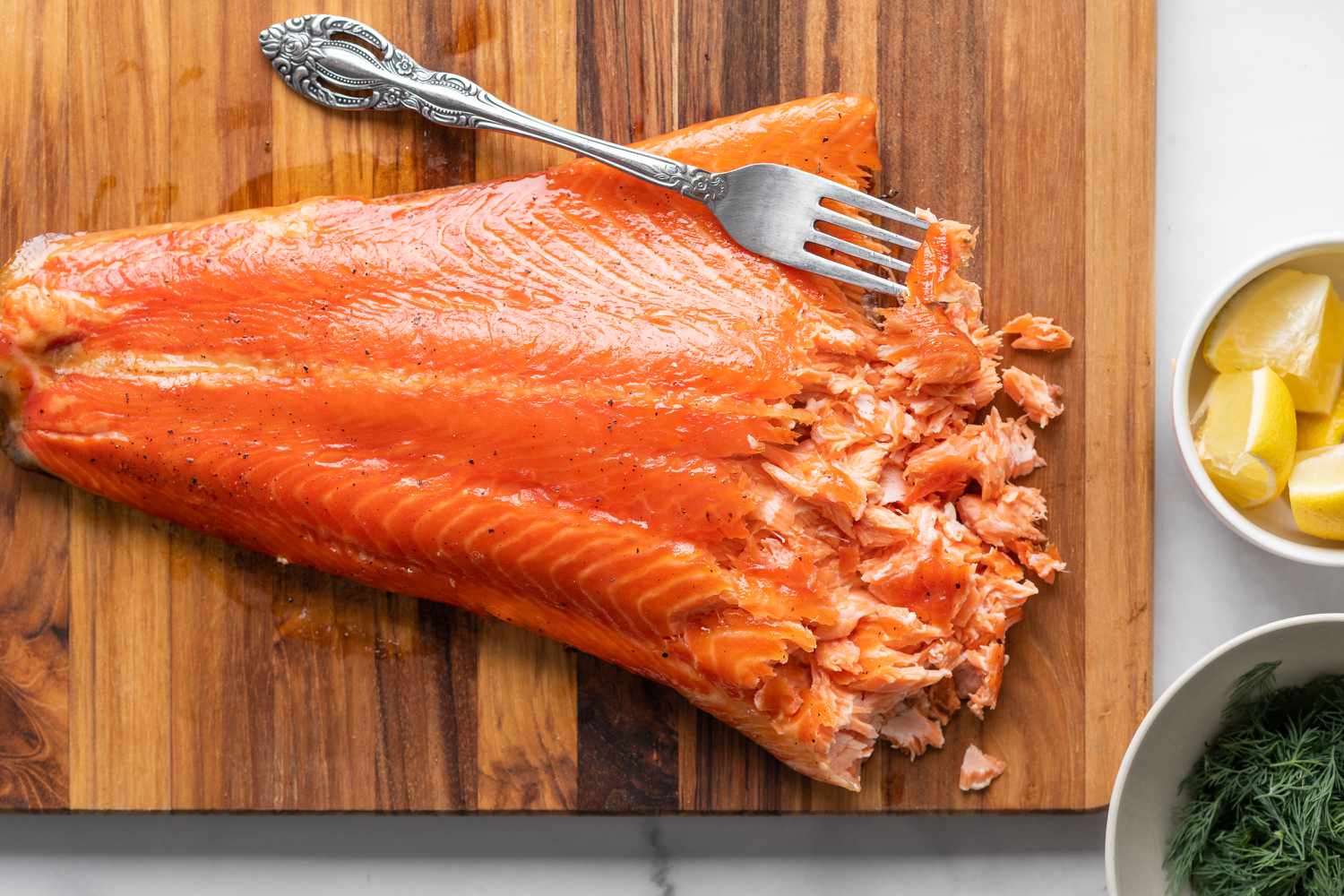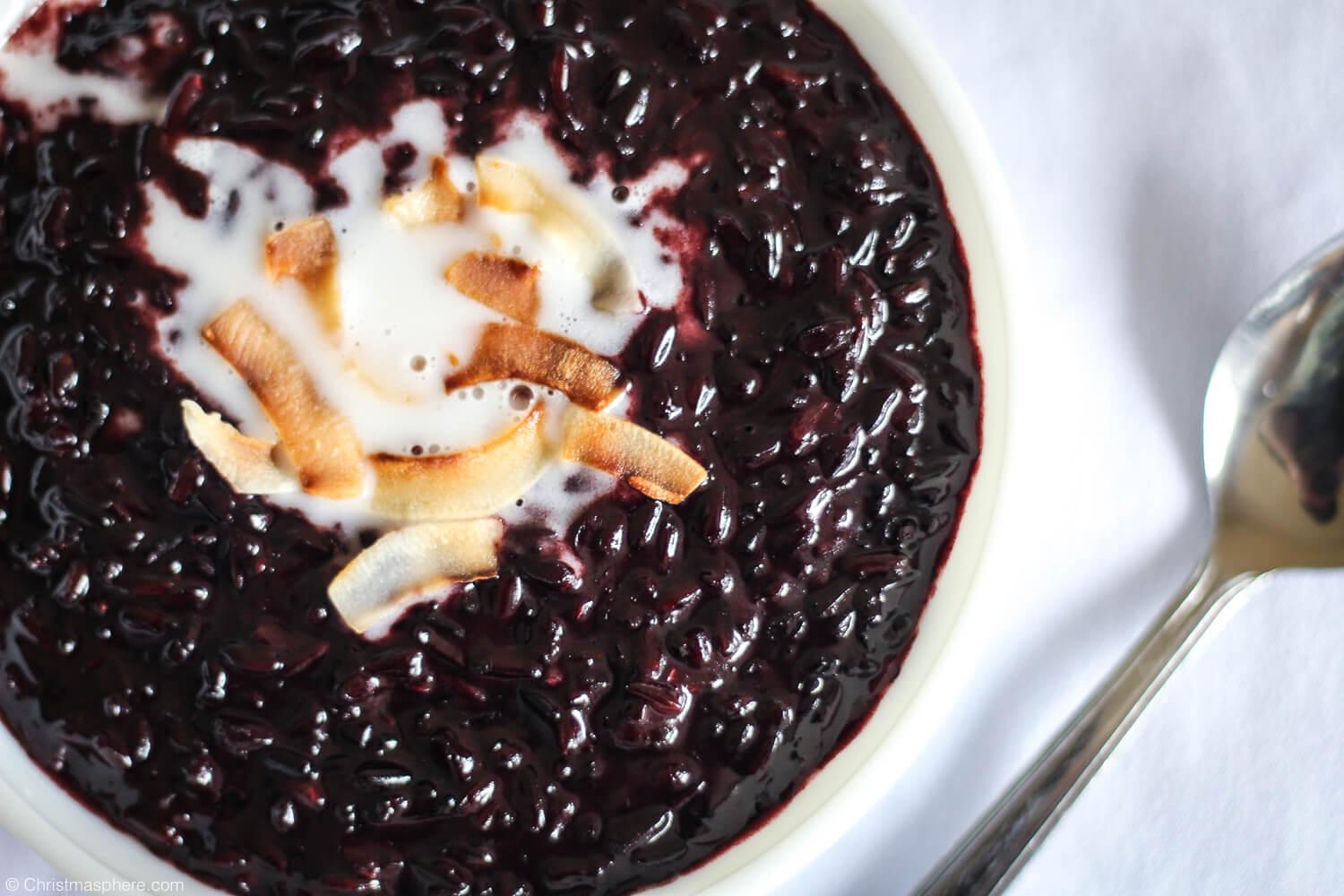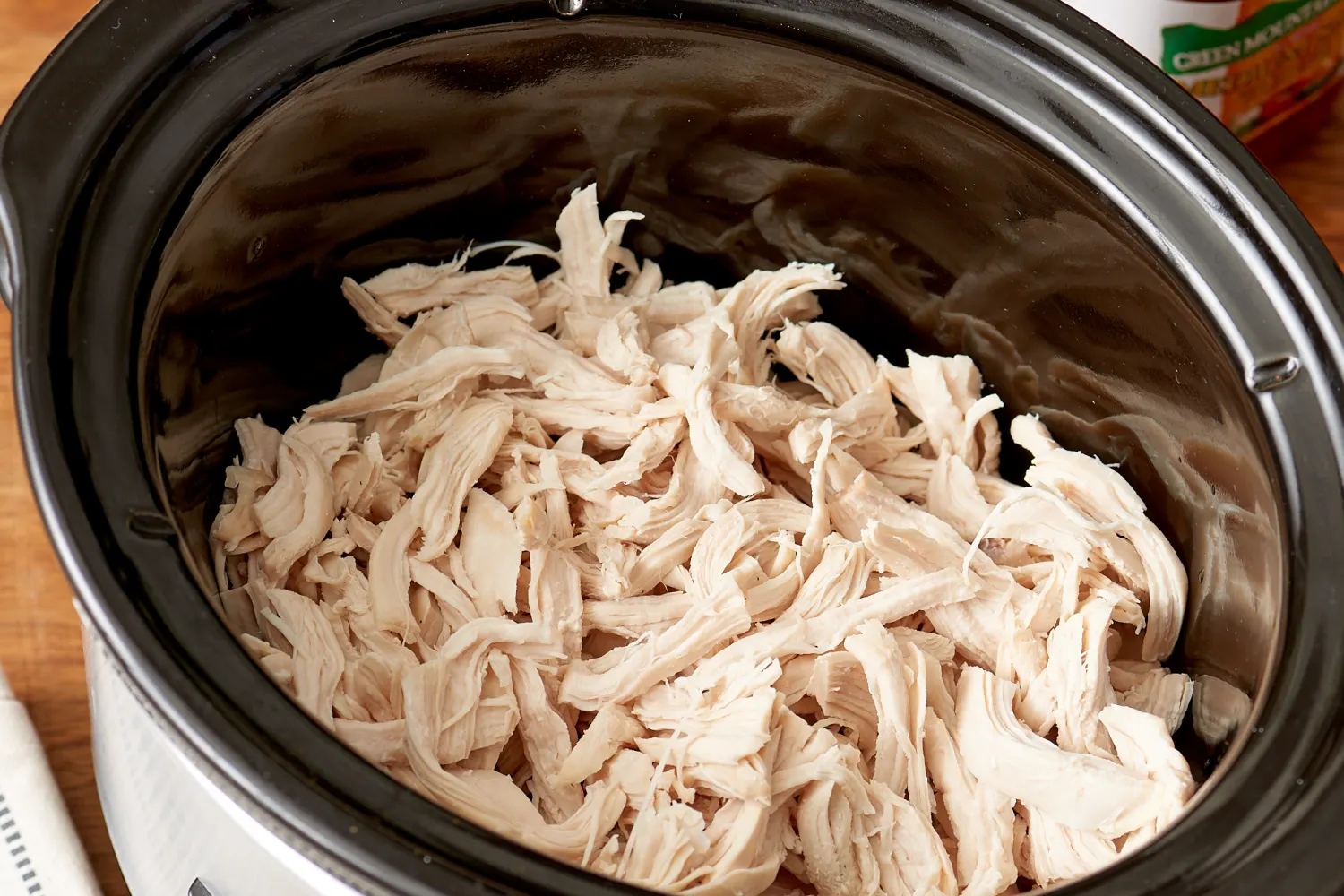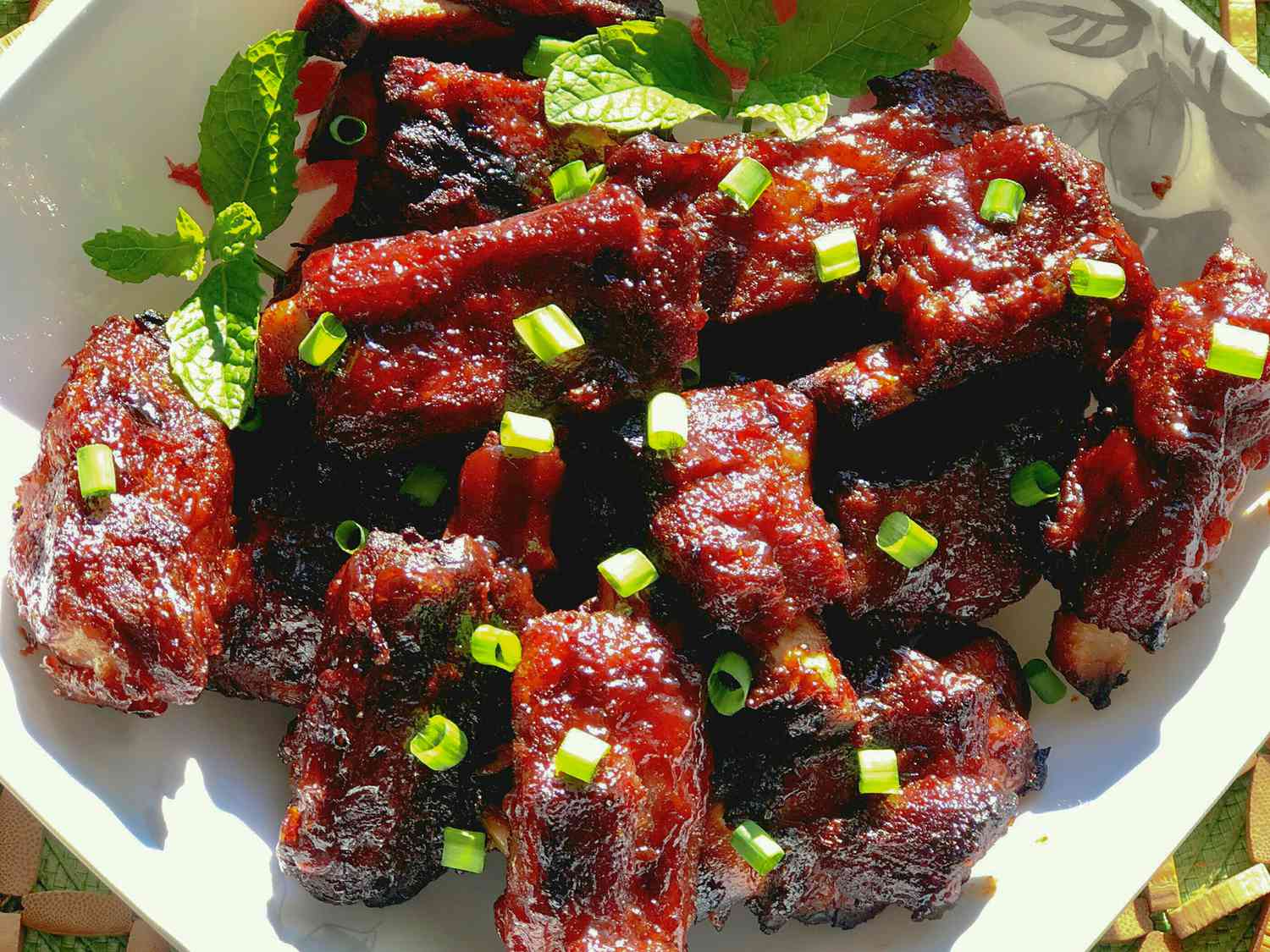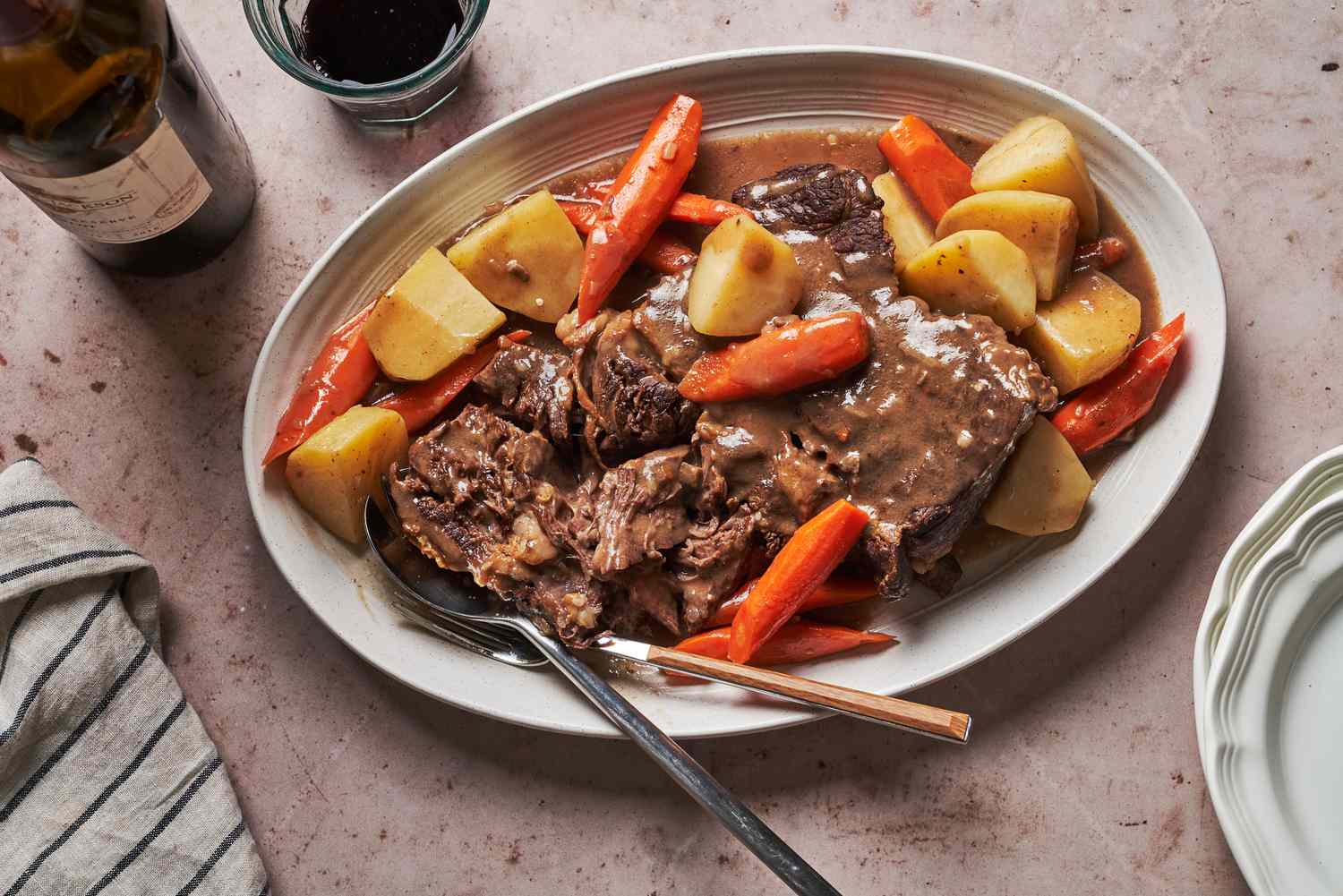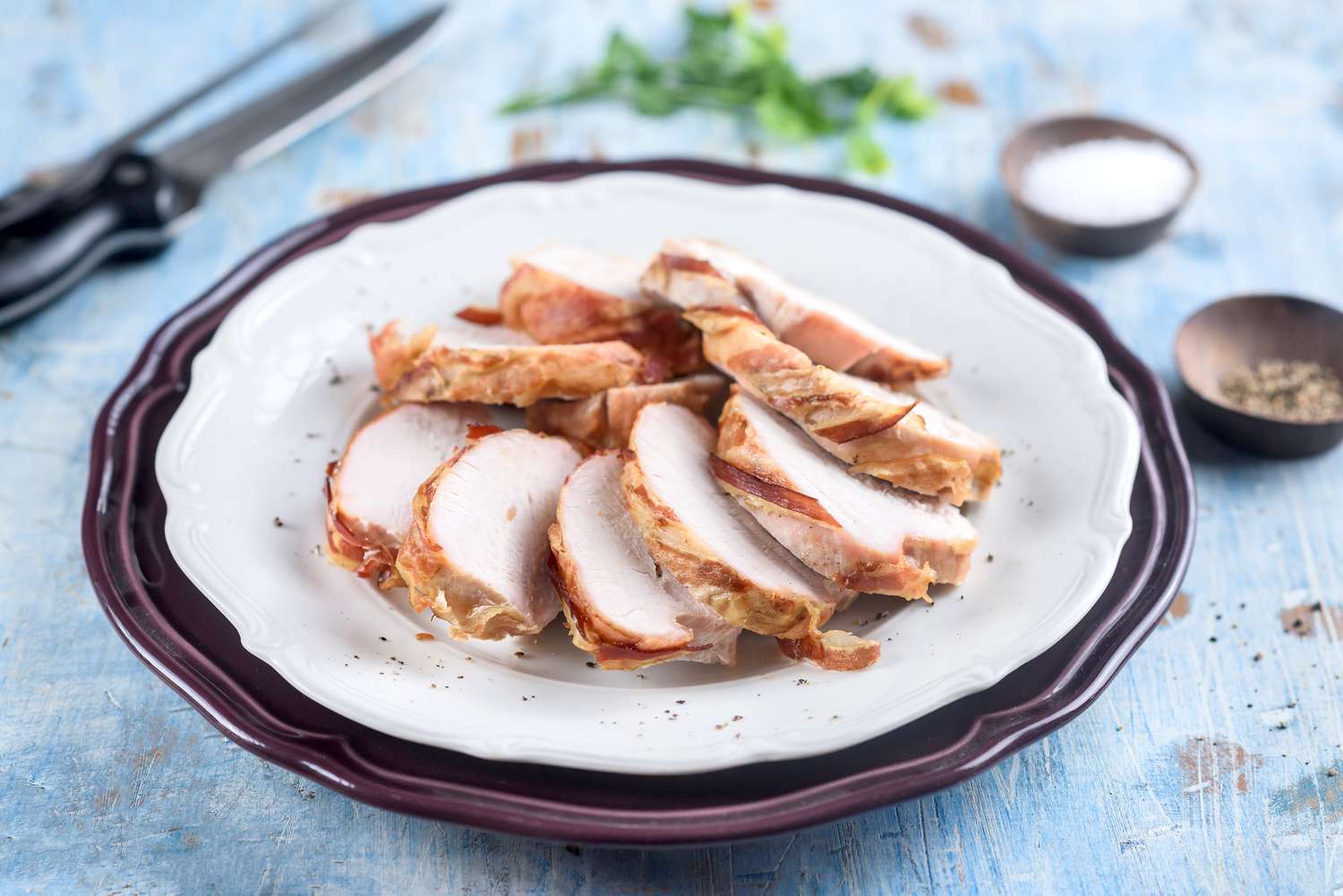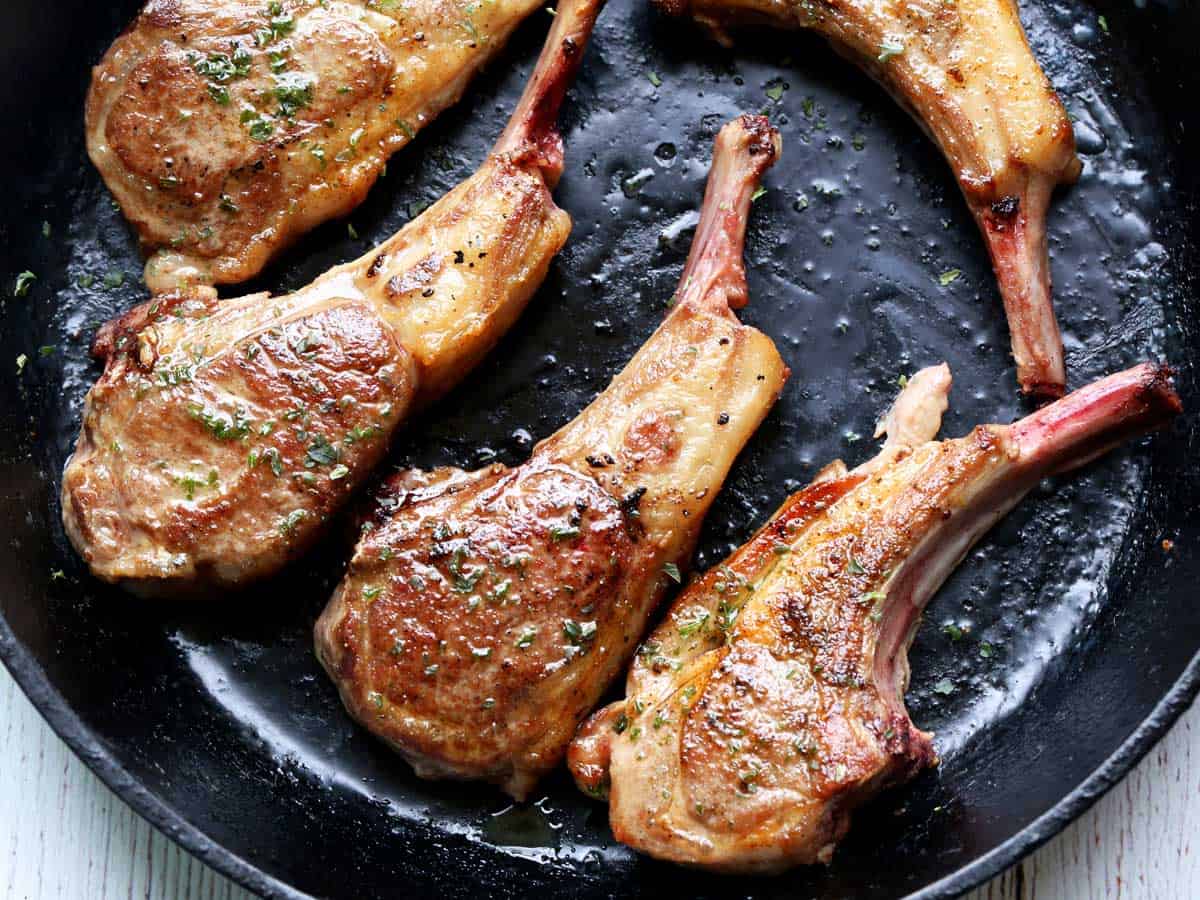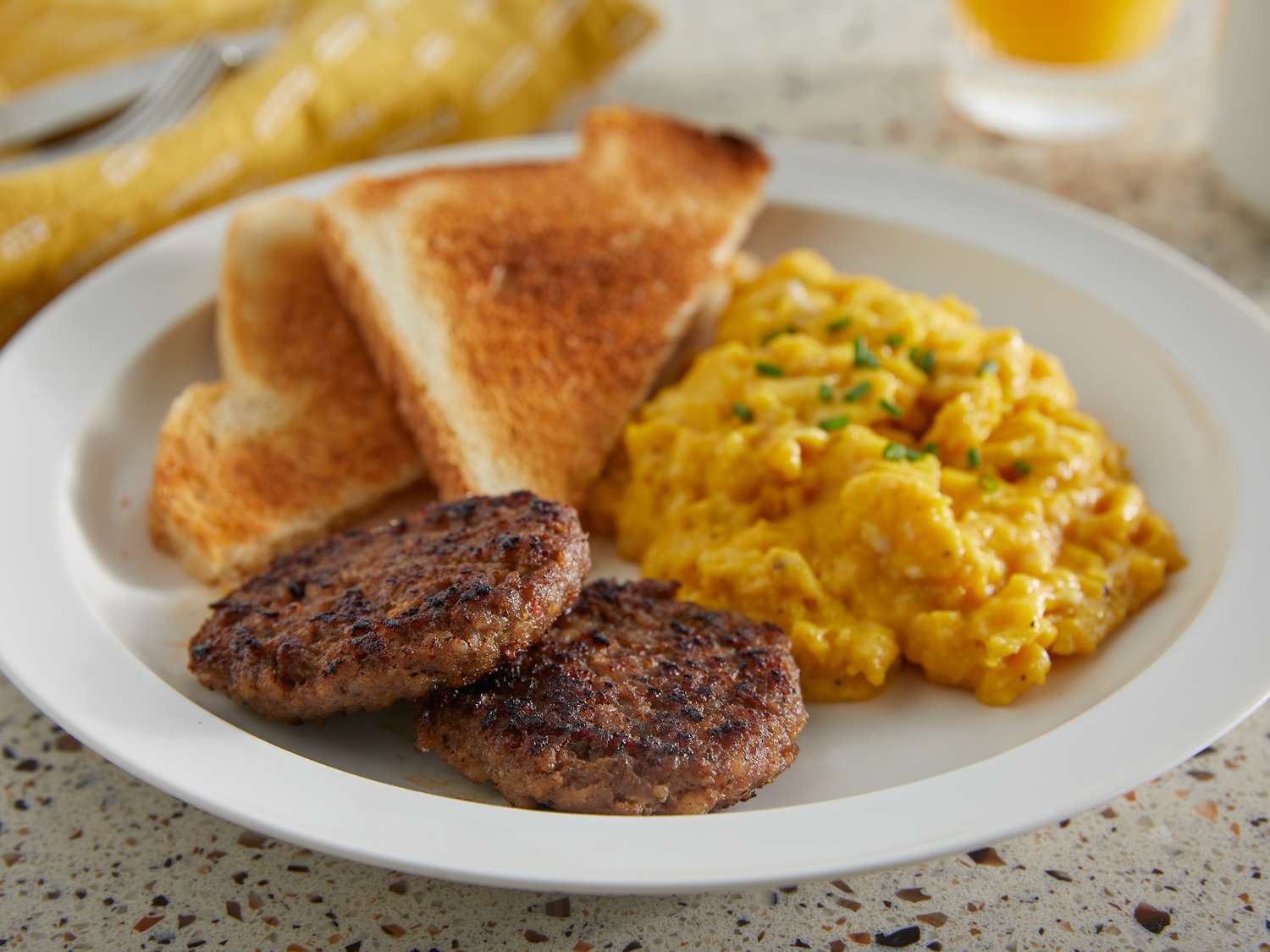Master the Art of Cooking Salmon in a Cast Iron Skillet in the Oven
If you’re a seafood lover, then you know there’s nothing quite like a perfectly cooked salmon fillet. Tender, flavorful, and oh-so-delicious! Cooking salmon in a cast iron skillet in the oven is a fantastic way to achieve that melt-in-your-mouth texture while locking in all the flavors.
Why Choose a Cast Iron Skillet?
Using a cast iron skillet for cooking salmon in the oven offers several advantages. Not only does it distribute heat evenly, but it also retains and transfers heat exceptionally well. The result? A perfectly cooked salmon fillet with a beautiful golden, crispy exterior.
Step-by-Step Guide
Now, let’s dive into the process of cooking salmon in a cast iron skillet in the oven.
- Preheat your oven to 425°F (220°C).
- Prepare your salmon fillets by patting them dry with a paper towel. This step ensures a crispy skin.
- Season both sides of the salmon fillets with salt, pepper, and your favorite herbs or spices. Consider using a combination of garlic powder, paprika, and dill for a flavorful twist.
- Place a cast iron skillet on medium-high heat. Add a drizzle of olive oil or a small pat of butter.
- Once the skillet is hot, carefully place the salmon fillets skin-side down. Cook for about 2-3 minutes until the skin becomes crispy.
- Transfer the skillet to the preheated oven and bake for an additional 6-8 minutes, depending on the thickness of your salmon fillets. Keep a close eye on them to prevent overcooking.
- Remove the skillet from the oven and let the salmon rest for a few minutes. This allows the flavors to settle and the residual heat to finish the cooking process.
- Serve your beautifully cooked salmon fillets with a squeeze of fresh lemon juice and garnish with chopped parsley or dill.
Tips for Success
To ensure your salmon turns out absolutely perfect, here are some extra tips:
- Choose fresh, high-quality salmon fillets for the best flavor. Opt for wild-caught salmon whenever possible.
- Don’t overcrowd the skillet. Cook the salmon in batches if necessary to allow proper heat distribution.
- Keep a close eye on the cooking time. Overcooked salmon can turn dry and lose its tenderness.
- If desired, you can enhance the flavor of your salmon by marinating it for 30 minutes before cooking. A simple marinade of lemon juice, soy sauce, and minced garlic works wonders.
- Remember to season both sides of the salmon generously to ensure a flavorful bite.
Now that you have the essential steps and tips for cooking salmon in a cast iron skillet in the oven, it’s time to put your culinary skills to the test. Prepare this delightful dish for your next dinner and impress your guests with a scrumptious and perfectly cooked salmon fillet!
Was this page helpful?
Read Next: How To Cook Small Brisket In Oven
